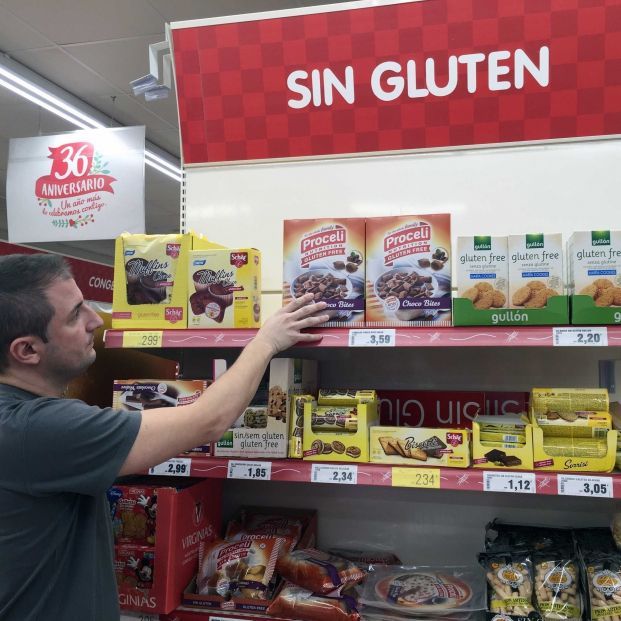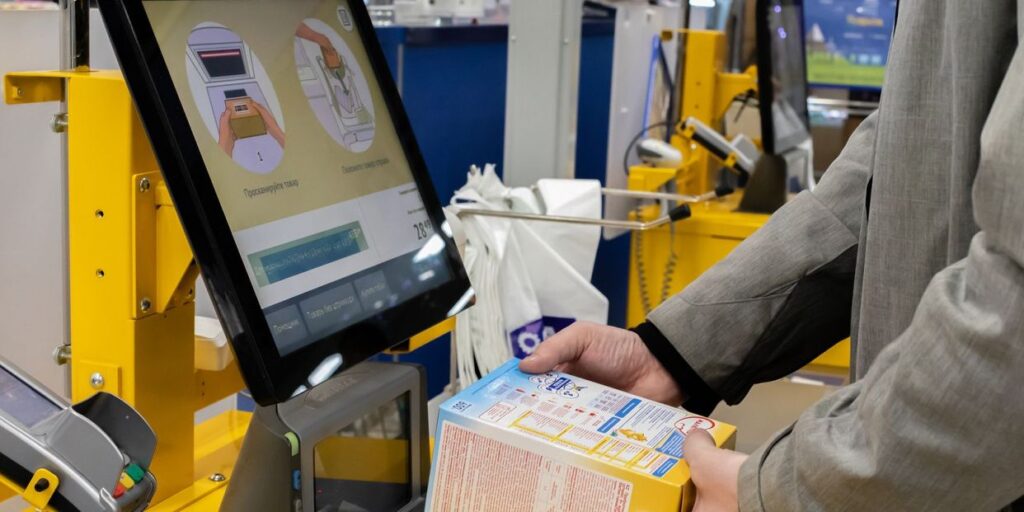The consumer organization Facua has reported that gluten -free foods They are on average 153% more expensive than the rest and has also verified price differences of up to 451%.
Therefore, Facua has asked the Ministries of Health and consumption to promote a program of financial aid for people with celiachasince according to the entity, other neighboring countries such as France, Portugal, Italy or Belgium grant aid for years to the celiac collective to deal with high gluten -free food prices.
Among the products analyzed there are pizzas, pasta, beers, breads, cookies, cereals, muffins, flours, nuggets and anise cakes, and the study has been carried out on September 30 in Mercadona, Dia, Hipercor, Eroski, Alcampo and Carrefour.
The product where a greater difference It is brand mold bread Alcamposince gluten costs 1.36 euros/kilo, while gluten without 7.50 euros/kilo (451.5% more).

Secondly, wheat flour is located for Eroski brand pastry, where the price increase reaches 445% (1.05 euros/kg with gluten in front of 5.73 euros/Gluten -free kilo).
In addition, the organization has highlighted the difference from pastesince while the 500 grams package of spaghetti or white marked macaroni is a price of 0.80 euros in supermarkets such as Mercadona, Eroski or Carrefour, the gluten -free version of these products also has an identical price in the three chains: 2.05 euros, therefore, the price difference reaches 156.2% in all three.
On the other hand, there are four foods whose price is equal to or lower in the gluten -free version, Mahou’s can, in Alcampo, is a cheaper gluten without, while day two cost the same; Also the ‘pack of Galicia star bottles for Celiacs costs in hypercor almost 10% less than the common; And for their part, Eroski corn pancakes have an identical price (1.19 euros).
Direct aids for celiacs
Facua ask the ministers again Pablo Bustinduy and Mónica García The creation of a call for aid that is granted directly taking into account the income levels to those people and/or families that accredit through a medical report the diagnosis of this disease.
Today, most subsidies that exist in Spain are small amounts granted by municipalities or deputations and mainly managed through local or provincial associations of Celiacs.
Castilla-La Mancha started in 2023 a program of aid of up to 500 euros per person with a maximum of 1000 euros per family unit. Andalusia has just announced a deduction of 100 euros in the IRPF for taxpayers with celiacy. At the national level, there is currently only a small public aid, of 400 euros per year, aimed at mutual officials of MUFACE.


